How to turn the following tabular dataset into a simple 2D density plot to show a loc-number distribution? I am new to gnuplot. Attempted a tutorial. A simple x,y plot with multiple columns of data, the plot is fine of course. Then tried this answer.. However I encountered the following issue, though x values are defined. I am guessing fundamentally my data set is lacking?(!).. what am I not doing right here? How to achieve a simple 2D contour from below data?
Updating based on recommended suggestions while OP aim remains intact. Following is the input sample data used. File is single-space delimited. x = x, y=y, z1 = locid (1 to n) or z2=loctype (scuba, shower, swimming, restrooms, sushi, cafe, restaurant, etc)
input data :
ametype amename X(1000) Y1000) km-to-carpark
Scuba SCUB1 10.72 49.01
Scuba SCUB2 13.88 47.32
Scuba SCUB3 14.58 46.46
Scuba SCUB4 14.52 48.23
Scuba SCUB5 13.05 47.23
Scuba SCUB6 12.21 47.95
Scuba SCUB7 12.66 46.19
Cafe CAFE1 13.97 47.45
Cafe CAFE4 31.63 30.3
Playground PARK2 31.57 30.2
Playground PARK1 27.51 31.87
Cafe CAFE5 67.71 109.09
Scuba SCUB8 68.58 109.54
Scuba SCUB9 67.14 109.99
Cafe CAFE2 13.83 46.24
SUSHI SUSH1 79.59 41.22
SUSHI SUSHI2 73.81 54.14
SUSHI SUSHI3 72.87 55.47
SUSHI SUSHI4 75.05 56.51
RESTROOM RESTR1 74.1 56.05
RESTROOM RESTR2 74.96 57.9
RESTROOM RESTR3 75.06 55.59
RESTAURANT RESTAU1 76.57 56.33
RESTAURANT RESTAU1 76.95 55.1
RESTAURANT RESTAU2 77.75 54.69
RESTAURANT RESTAU2 76.15 54.34
code tried for a different dataset where x,y weren't coordinates;
set view map
set contour
set isosample 250, 250
set cntrparam level incremental 1, 0.1
set palette rgbformulae 33,13,10
splot 'data.dat' with lines nosurface
#splot for [col=1:10] ‘data.dat’ u ($1):(column(col) > 2 ? 1/0 : column(col)):3
errors:
1) All points x value undefined
2) Tabular output of this 3D plot style not implemented
updated: a) increased data points c) a possible chicken scratch to give simple impression.
Expecting a distribution density map like this.




